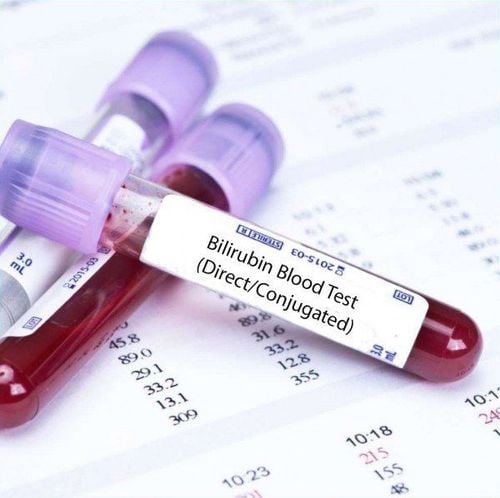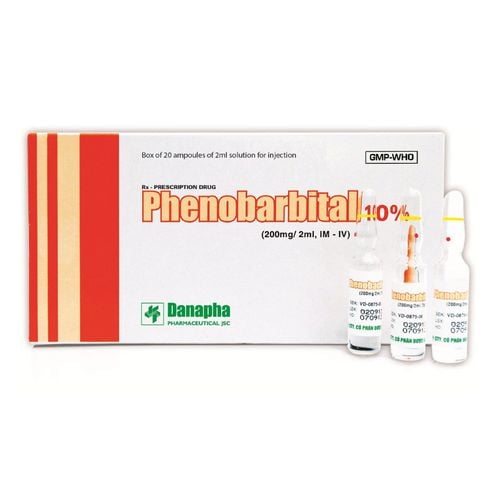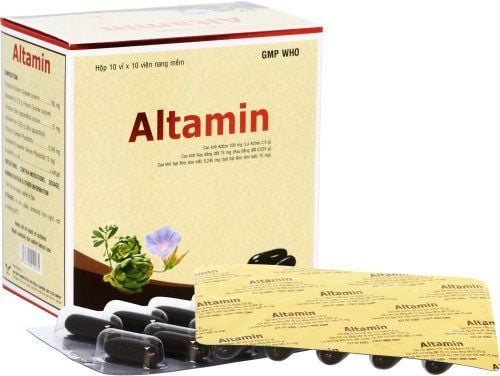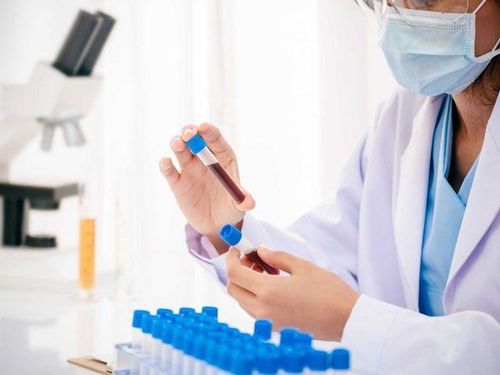This is an automatically translated article.
Neonatal jaundice is a very common condition, more than half of babies are born with jaundice of varying degrees and will resolve on its own. However, in some cases, infants with pathological jaundice are a sign of an underlying disease.
The mechanism of neonatal physiologic jaundice is understood that a few days after birth, the baby's liver will metabolize and remove bilirubin from the blood through feces and urine. Your baby's skin will gradually fade in color. Whether a baby's skin is very yellow or even this color is visible in the sclera (the white part) of a baby's eyes, most babies with neonatal jaundice are healthy and have nothing to worry about. worried. Thereafter, neonatal jaundice resolves on its own by 14 days of age or up to 3 weeks in premature infants.
Physiological neonatal jaundice is caused by the accumulation of Bilirubin, a yellow substance produced when red blood cells are broken down and released normally, the disease is common and mild, with In term infants, jaundice is normally considered physiological when jaundice appears after 24 hours of age, and usually disappears within 1 week in term infants and 2 weeks in preterm infants. Physiological jaundice in mild neonates is pure jaundice (jaundice of the face, neck, chest, and abdomen above the navel) without other abnormal symptoms (anemia, hepatosplenomegaly). , quit sucking, lethargy...). Bilirubin/blood concentration is not more than 12mg% in term infants and not more than 14mg% in preterm infants... Bilirubin/blood increase rate is not more than 5mg% in 24 hours. In addition, the infant's urine is dark or yellow (infant urine is usually colorless) and the stool is pale.
Pathological jaundice is a manifestation of an underlying disease and in these cases neonatal jaundice appears as early as 24 hours after birth. Manifestations of pathological neonatal jaundice are early onset of dark jaundice, which does not go away after 1 week for full-term infants and 2 weeks for preterm infants. eye conjunctiva. Simultaneously with jaundice, there are other abnormal symptoms such as: lethargy, stop feeding, convulsions... Bilirubin blood test is higher than normal. If neonatal jaundice is not detected and treated promptly, neurotoxic complications may occur due to low indirect Bilirubin entering the brain, causing death or lifelong brain damage.
In summary, newborn jaundice, if mild, usually goes away on its own within two or three weeks. For moderate or severe pathological jaundice, your baby may need to be monitored in the hospital and treated aggressively to prevent dangerous complications from jaundice.













